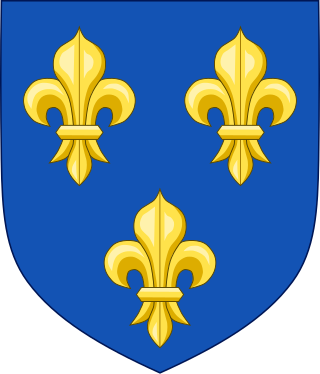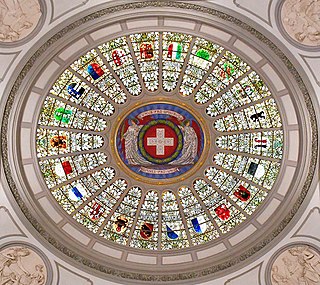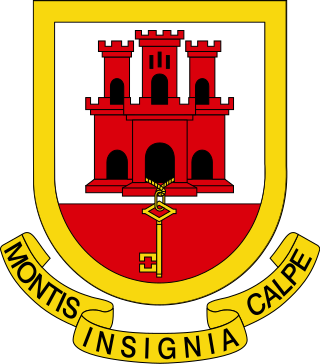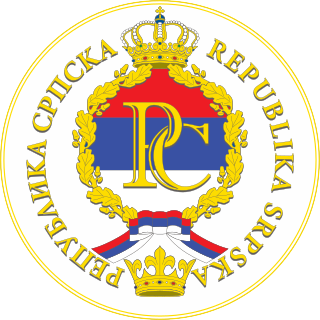
The fleur-de-lis, also spelled fleur-de-lys, is a common heraldic charge in the shape of a lily. Most notably, the fleur-de-lis is depicted on the traditional coat of arms of France that was used from the High Middle Ages until the French Revolution in 1792, and then again in brief periods in the 19th century. This design still represents France and the House of Bourbon in the form of marshalling in the arms of Spain, Quebec and Canada, for example.

The coat of arms of the Philippines features the eight-rayed sun of the Philippines with each ray representing the eight provinces which were placed under martial law by Governor-General Ramón Blanco Sr. during the Philippine Revolution, and the three five-pointed stars representing the three major island groups of Luzon, the Visayas, and Mindanao.

The national flag of Switzerland displays a white cross in the centre of a square red field. The white cross is known as the Swiss cross or the federal cross. Its arms are equilateral, and their ratio of length to width is 7:6. The size of the cross in relation to the field was set in 2017 as 5:8. Alongside the flag of Vatican City, the Swiss flag is one of only two square national flags in the world.

The coat of arms of Bosnia and Herzegovina was adopted in 1998, replacing the previous design that had been in use since 1992 when Bosnia and Herzegovina gained independence. It follows the design of the national flag. The three pointed shield is used to symbolize the three major ethnic groups of Bosnia, as well as allude to the shape of the country.

The flag of Washington, D.C. consists of three red stars above two red bars on a white background. It is an armorial banner based on the coat of arms granted to Lawrence Washington of Sulgrave Manor Northamptonshire, England, in 1592. This coat of arms was used privately by the president in his home at Mount Vernon. In heraldry, the stars are called mullets and the coat of arms is blazoned as argent two bars gules, in chief three mullets of the second.
There is currently no official flag for the Federation of Bosnia and Herzegovina. The federation is part of the state of Bosnia and Herzegovina. The federation adopted its own flag in 1996, but the flag and associated coat of arms were deemed unconstitutional by the Constitutional Court of Bosnia and Herzegovina in 2007. The federation has not yet adopted a new flag, anthem or coat of arms; instead the symbols of the central state are used for official purposes as a provisional solution.

Each of the 26 modern cantons of Switzerland has an official flag and a coat of arms. The history of development of these designs spans the 13th to the 20th centuries.

The Sacred Heart Cathedral is a Catholic church in Sarajevo; commonly referred as the Sarajevo Cathedral, it is the largest cathedral in Bosnia and Herzegovina. It is the seat of the Archbishop of Vrhbosna, currently Cardinal Tomo Vukšić, and center of Catholic worship in the city. The cathedral is located in the city's Old Town district.

The Serbian Cross is a national symbol of Serbia, part of the coat of arms and flag of Serbia, and of the Serbian Orthodox Church. It is based on the tetragrammic cross emblem/flag of the Byzantine Palaiologos dynasty, with the difference that in Serbian use the cross is usually white on a red background, rather than gold on a red background.

The coat of arms of Malta is the national coat of arms of the country of Malta.
There is currently no official coat of arms for the Federation of Bosnia and Herzegovina. The federation is part of the state of Bosnia and Herzegovina.

The coat of arms of Gibraltar was first granted by a Royal Warrant passed in Toledo on 10 July 1502 by Isabella I of Castile during Gibraltar's Spanish period. The arms consists of an escutcheon and features a three-towered red castle under which hangs a golden key.

The municipal flag of Buffalo is the official banner of the city of Buffalo, New York. The navy blue flag contains a large central emblem consisting of the city seal with 13 "electric flashes" and interspaced 5-pointed white stars emanating from it.

The flag of Pittsburgh is a triband flag featuring vertical bands of black and gold and Pittsburgh's coat of arms in the center.

The Seal of Republika Srpska with the description: the flag of Republika Srpska and the Cyrillic letters "РС" ("RS"), the red-blue-white tricolor are in the center of the seal, twisted with the golden Oak leaves, a traditional pre-Christian symbol sacred to most Slavs. On the edge of the seal there is an inscription Republika Srpska. The open crown of Kotromanić is shown in the bottom of the seal and the seal itself is topped with a heraldic royal crown.

The coat of arms of the German state and city of Hamburg is a kind of national emblem. The coat of arms and the flags are regulated by the constitution of Hamburg and law. The colors of Hamburg are white and red. One of the oldest versions of the castle is found on a seal in 1241.

The flag of Wisconsin is the official flag of the U.S. state of Wisconsin. The flag was first adopted in 1863, and was modified in 1979. It is a blue flag charged with the state coat of arms of Wisconsin.

The coat of arms of Mexico is a national symbol of Mexico and depicts a Mexican (golden) eagle perched on a prickly pear cactus devouring a rattlesnake. The design is rooted in the legend that the Aztec people would know where to build their city once they saw an eagle eating a snake on top of a lake. The image has been an important symbol of Mexican politics and culture for centuries. To the people of Tenochtitlan, this symbol had strong religious connotations, and to the Europeans, it came to symbolize the triumph of good over evil.

The House of Pavlović, also Radinović or Radenović, or Radinović-Pavlović, whose ancestors Jablanići got their name after their family estate at Jablan grad, was a medieval Bosnian family, whose feudal possessions extended from the Middle and Upper Drina river in the eastern parts of medieval Bosnia to south-southeastern regions of the Bosnian realm in Hum, and Konavle at the Adriatic coast. The family official residence and seat was at Borač and later Pavlovac, above the Prača river canyon, between present-day Prača, Rogatica and Goražde in Bosnia and Herzegovina.

The coat of arms of Sarajevo Canton, generally known as the seal of Sarajevo Canton, is the coat of arms of the Sarajevo Canton in Bosnia and Herzegovina.


















